News + Media

News Release • China Energy & Climate Project
MIT News | Feb 13, 2012
Despite improvements in air quality, the economic impact of air pollution has increased dramatically, new MIT study shows.
By: Vicki Ekstrom, Joint Program on the Science and Policy of Global Change
Although China has made substantial progress in cleaning up its air pollution,...
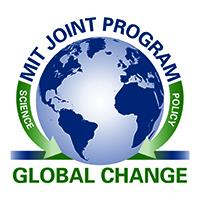
In The News
NY Daily News | Feb 09, 2012
By Josh Max
It’s official – we don’t want cars that get 200 or more miles to the gallon, and it’s consumers’ fault, not automakers’.
A new report issued by Massachusetts Institute of Technology economist Christopher Knittel says major innovations in miles-to-the-gallon have been stymied by cars...
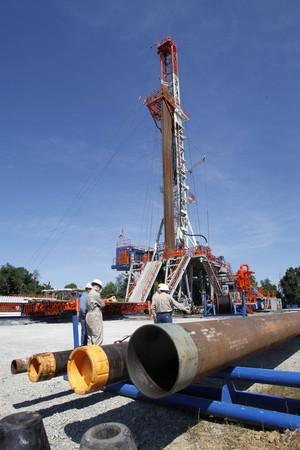
In The News
NPR | Feb 02, 2012
By: Richard Harris
Listen to the story.
SOURCE: Keith Srakocic/AP
The boom in cheap natural gas in this country is good news for the environment, because relatively...
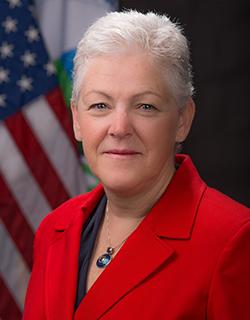
News Release
MIT News | Feb 01, 2012
By: Vicki Ekstrom, Joint Program on the Science and Policy of Global Change
EPA's top air official, Gina McCarthy, leads roundtable discussion.
Looking to tap the knowledge of some of the nation's leading energy and environment experts, and update them on new and proposed standards, the U.S....
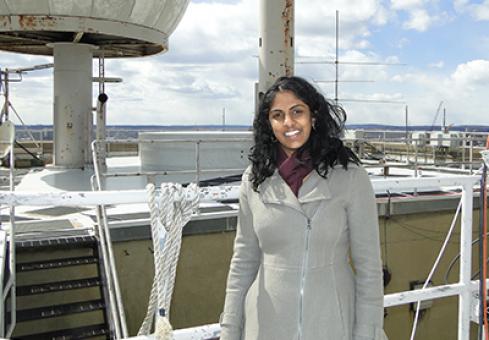
Student Spotlight
Feb 01, 2012
In November 2011, Anita Ganesan travelled to the foothills of the Himalayas to the small, remote village of Darjeeling, India. Her goal: to fill the hole of missing greenhouse gas data.
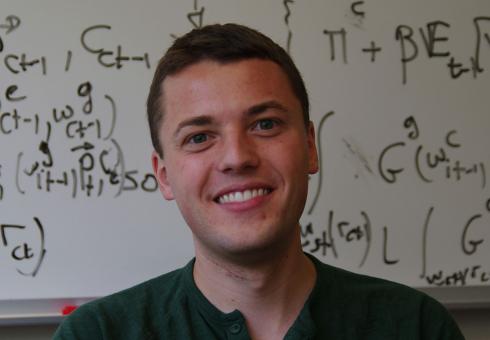
Student Spotlight
Feb 01, 2012
“I really enjoy doing applied research that can have an impact on people’s daily lives,” says McClellan.

News Release
MIT News | Jan 20, 2012
By: Vicki Ekstrom, Joint Program on the Science and Policy of Global Change
SOURCE: EPA
Americans have long known the dangers of mercury in our environment, with doctors repeatedly warning pregnant women to remove fish from their daily diets. But despite this solid knowledge of the health impacts...

Recent Event
MIT News | Jan 20, 2012
By: Leda Zimmerman, MIT Energy Initiative
As Assistant Professor of Engineering Systems at MIT, Jessika Trancik focuses her research on the evolution of technologies and on decomposing performance trajectories of energy systems. She is particularly interested in understanding the dynamics and...

Researcher Highlight
2013 Leopold Leadership Program | Jan 19, 2012
SOURCE: EPA
Dr. Noelle Eckley Selin, an Assistant Professor at the Massachusetts Institute of Technology (MIT) and a researcher in MIT’s Joint Program on Global Change, participated in a public availability session to discuss the Environmental Protection Agency’s recent Mercury and Air Toxics...
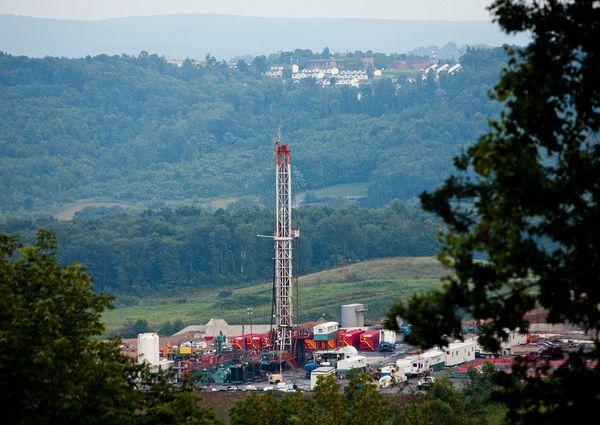
In The News
National Geographic | Jan 18, 2012
By: Mason Inman, National Geographic News
SOURCE: AP
Shale gas has transformed the U.S. energy landscape in the past several years—but it may crowd out renewable energy and other ways of cutting greenhouse gas (GHG) emissions, a new study warns.
A...

